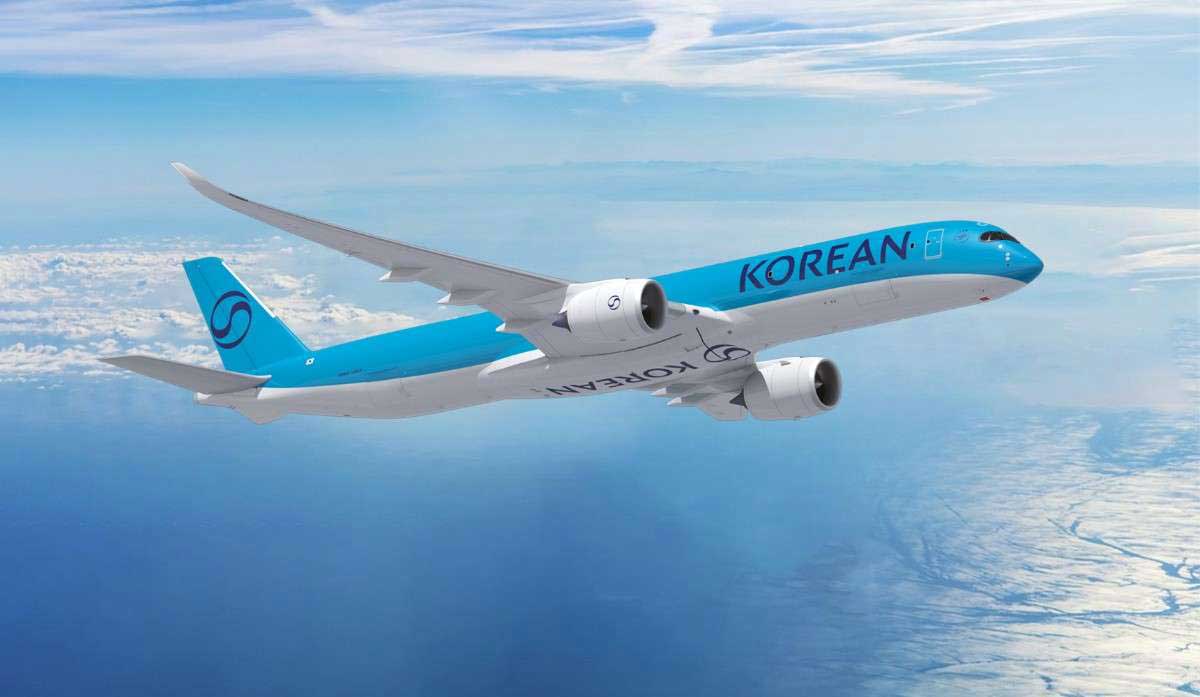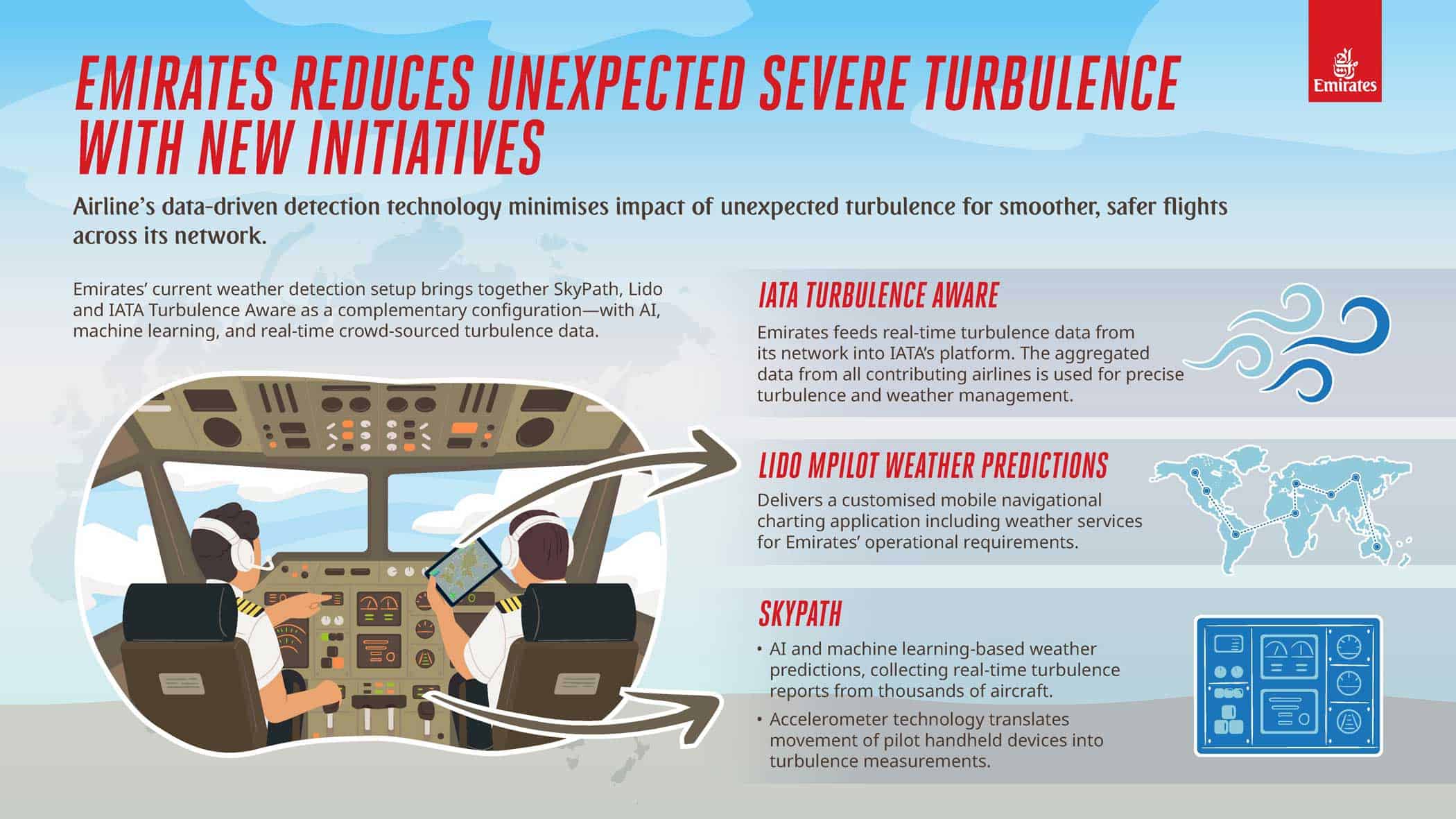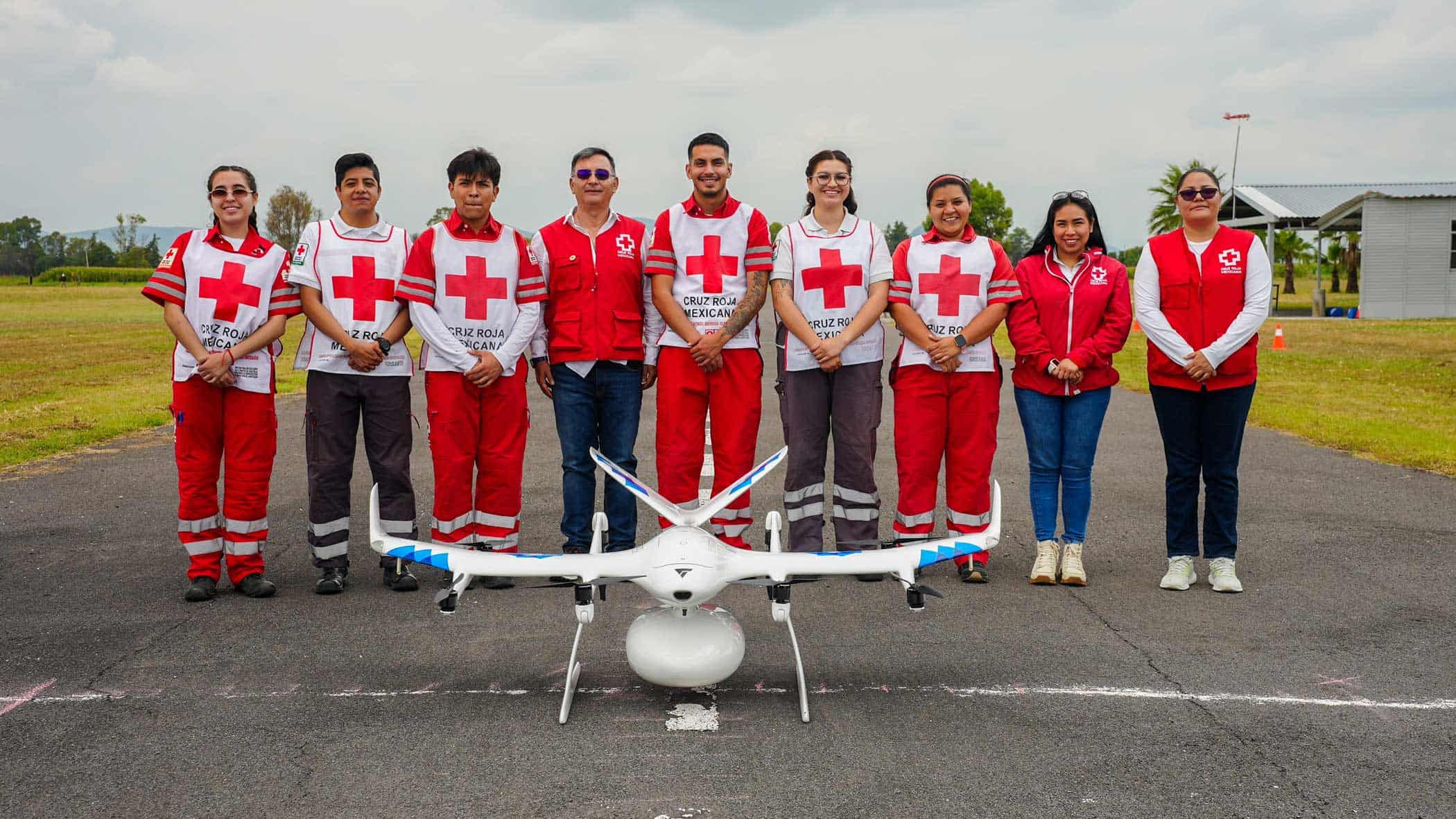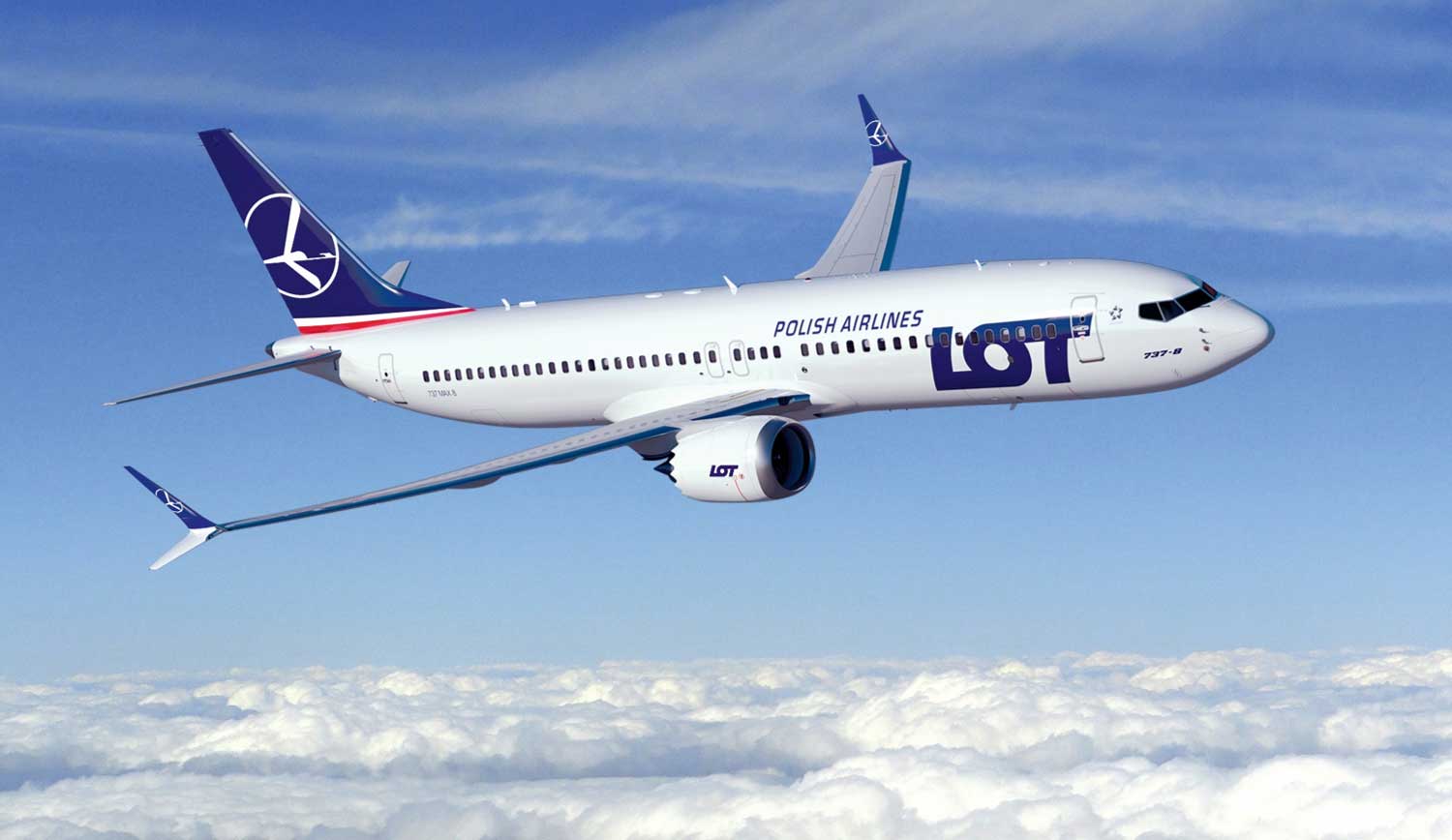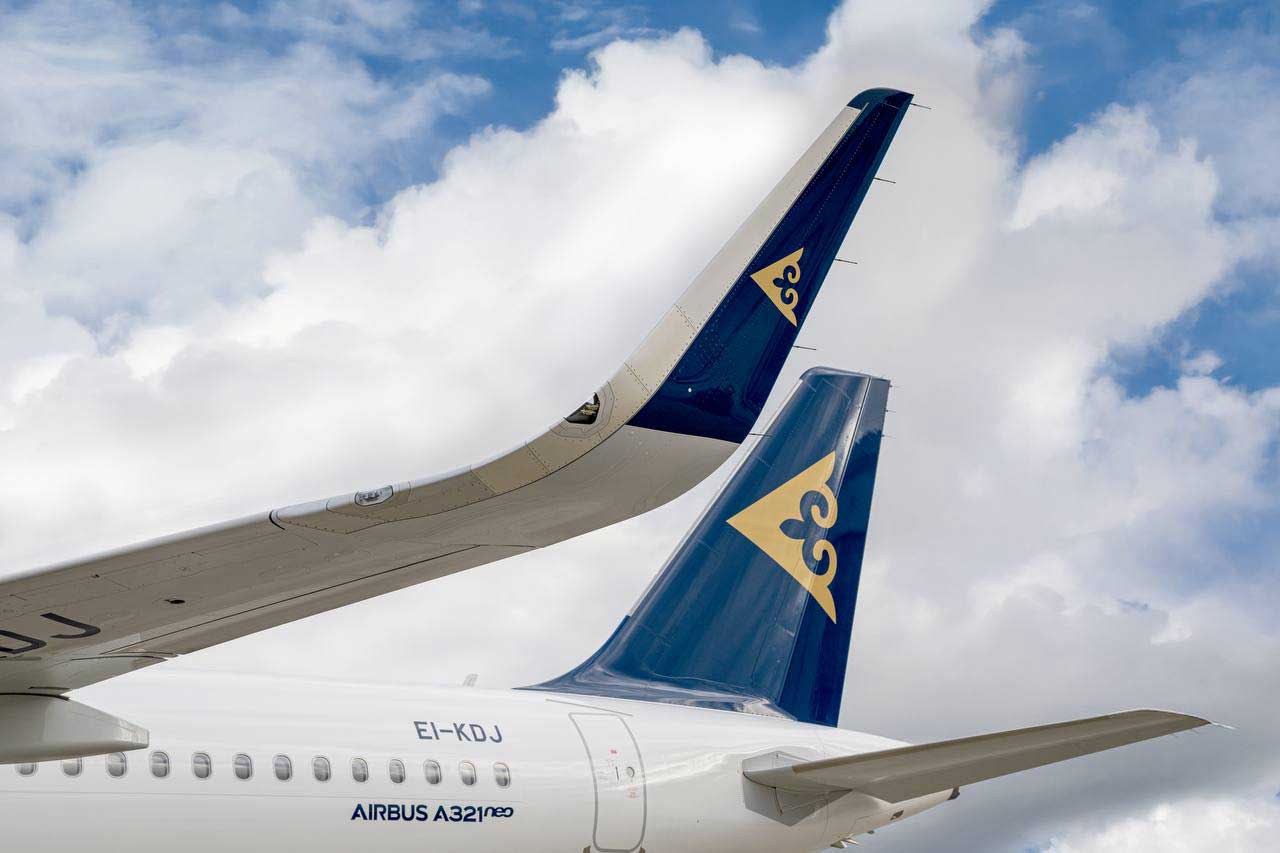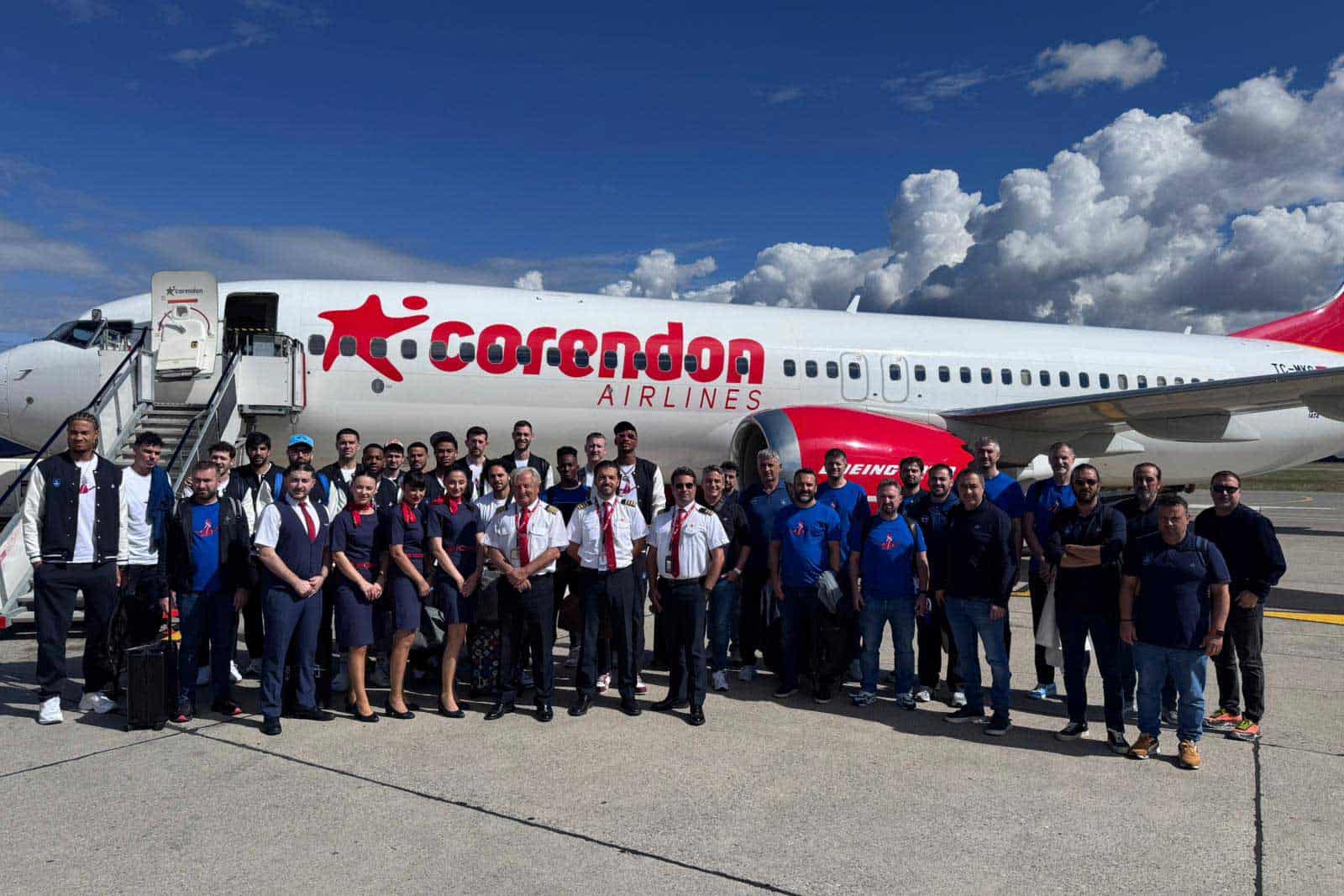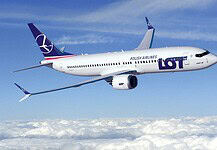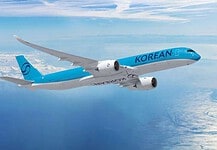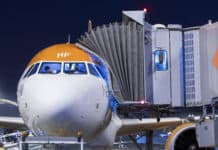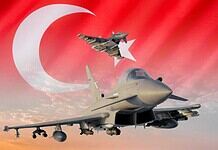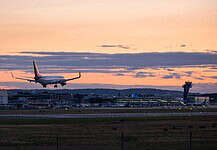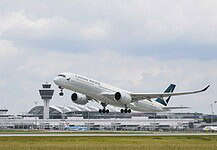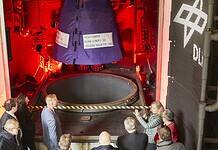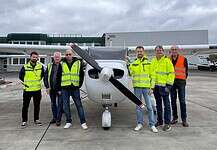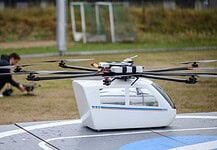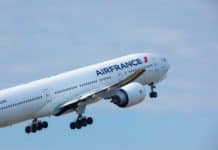This site is also available on:
Deutsch
The Embraer A-29 Super Tucano has earned a global reputation as an outstanding aircraft in the light attack and training aircraft category. With over 600,000 flight hours accumulated across its diverse user base from 22 air forces, the A-29 represents reliability, versatility, and technical excellence.
Milestone: 600,000 flight hours of the A-29 Super Tucano
The 600,000 flight hour milestone marks a significant achievement in the history of the A-29 Super Tucano. This aircraft was designed not only as a light attack system and advanced trainer, but also demonstrated its adaptability to diverse mission profiles. Achieving this milestone demonstrates its proven ability to operate in diverse geographical and operational environments worldwide.
The A-29’s ability to operate in interchangeable mission scenarios such as close air support, border surveillance, air patrol, and reconnaissance missions underscores this performance. The accumulated flight hours are a clear testament to the robustness and readiness the aircraft has demonstrated over its operational lifetime.
Technical details and performance characteristics of the Embraer A-29 Super Tucano
The Embraer A-29 Super Tucano is equipped with state-of-the-art technology, making it one of the most effective light, turboprop-powered multi-role aircraft available. Its robust design allows for operations from unpaved runways, enabling operations even in adverse conditions.
The technical highlights include:
- Propulsion system: A reliable Pratt & Whitney PT6A-68C turboprop engine provides robust and efficient performance.
- Avionics: The cockpit is equipped with sophisticated avionics, including a human-machine interface (HMI) that optimally connects the pilot and the on-board computer.
- Armament: The aircraft can carry a wide range of weapons, including air-to-air and air-to-surface missiles, as well as precision bombs.
- Communication and sensor technology: Advanced communication systems and sensors enable precise target acquisition and secure networking with other units.
- Maintenance and operating costs: Low life cycle costs, simplified maintenance processes and high availability characterize the aircraft.
These technical features make the A-29 a cost-effective and tactically versatile aircraft for a variety of military requirements.
International users and their requirements
The A-29 Super Tucano is operated by a total of 22 air forces around the world, confirming its international acceptance. A wide range of users in diverse geographical and operational contexts underscores the versatility of this aircraft.
For example, Portugal has acquired the A-29N version, which is specifically designed for NATO interoperability. This variant is equipped with advanced avionics and communications systems to meet stringent NATO standards.
Other countries such as Brazil, Colombia, the Philippines and the USA use the Super Tucano in a variety of roles, from close air support to border surveillance and reconnaissance.
This widespread use demonstrates the trust in the platform and its ability to adapt to diverse tactical scenarios and environments. Users value the combination of high performance, reliability, and comparatively low operating costs.
Outlook: Significance and future developments
Given the increasing demands for flexible and cost-effective aviation systems, the role of the Embraer A-29 Super Tucano will continue to grow in importance. The combination of proven technology, versatility, and an international user base offers growth potential for new markets and applications.
Embraer also continuously invests in the further development of the platform to adapt it to modern threat and mission profiles. This includes improvements in sensor technology, expanded networking options for integration into network-guided combat systems, and further optimization of operating costs.
The coming years could also bring the integration of more sustainable technologies and alternative propulsion systems, which could make the A-29 even more attractive to future operators.
Conclusion
With over 600,000 flight hours, the Embraer A-29 Super Tucano represents an outstanding milestone in aviation history. Technically sophisticated, versatile, and internationally proven, it remains an indispensable tool for numerous air forces worldwide. Looking ahead, a platform that, thanks to continuous innovation and broad user acceptance, will remain in service for many years to come.

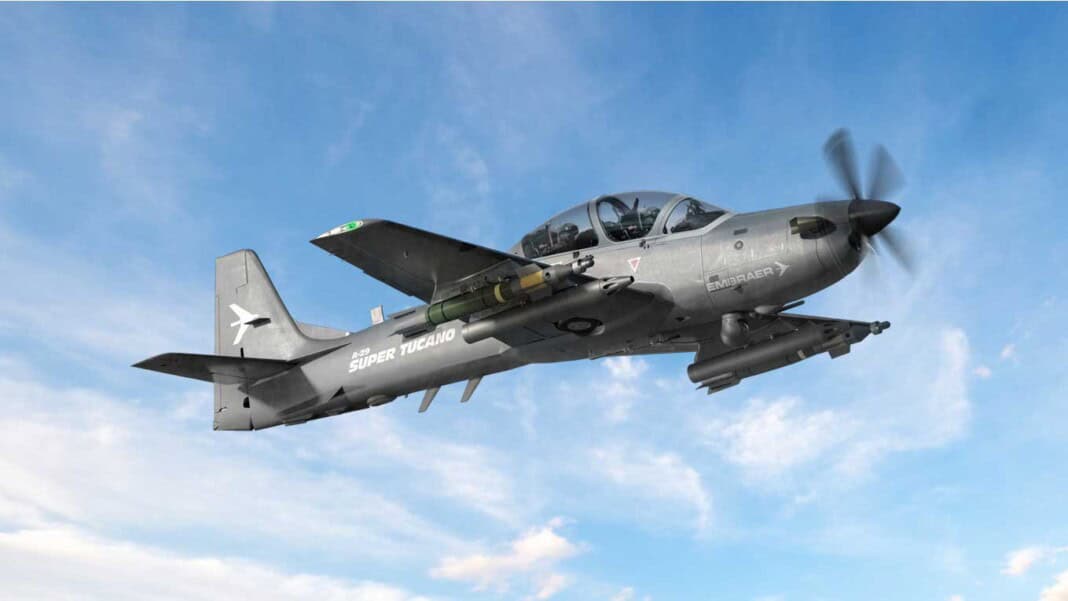
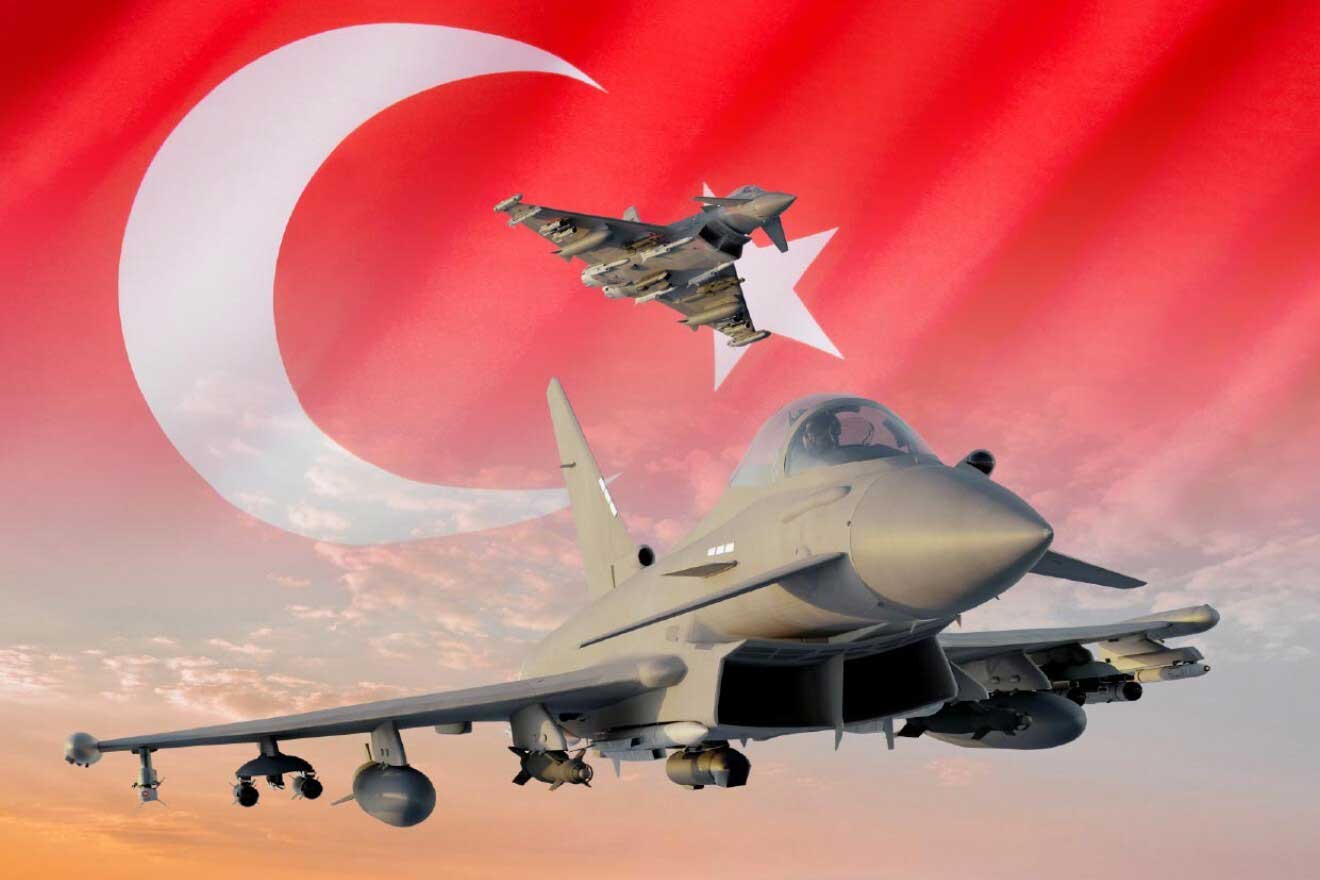 Türkiye joins the Eurofighter program and buys 20 Eurofighter Typhoons (Türkiye joins the Eurofighter program and buys 20 Eurofighter Typhoons)
Türkiye joins the Eurofighter program and buys 20 Eurofighter Typhoons (Türkiye joins the Eurofighter program and buys 20 Eurofighter Typhoons)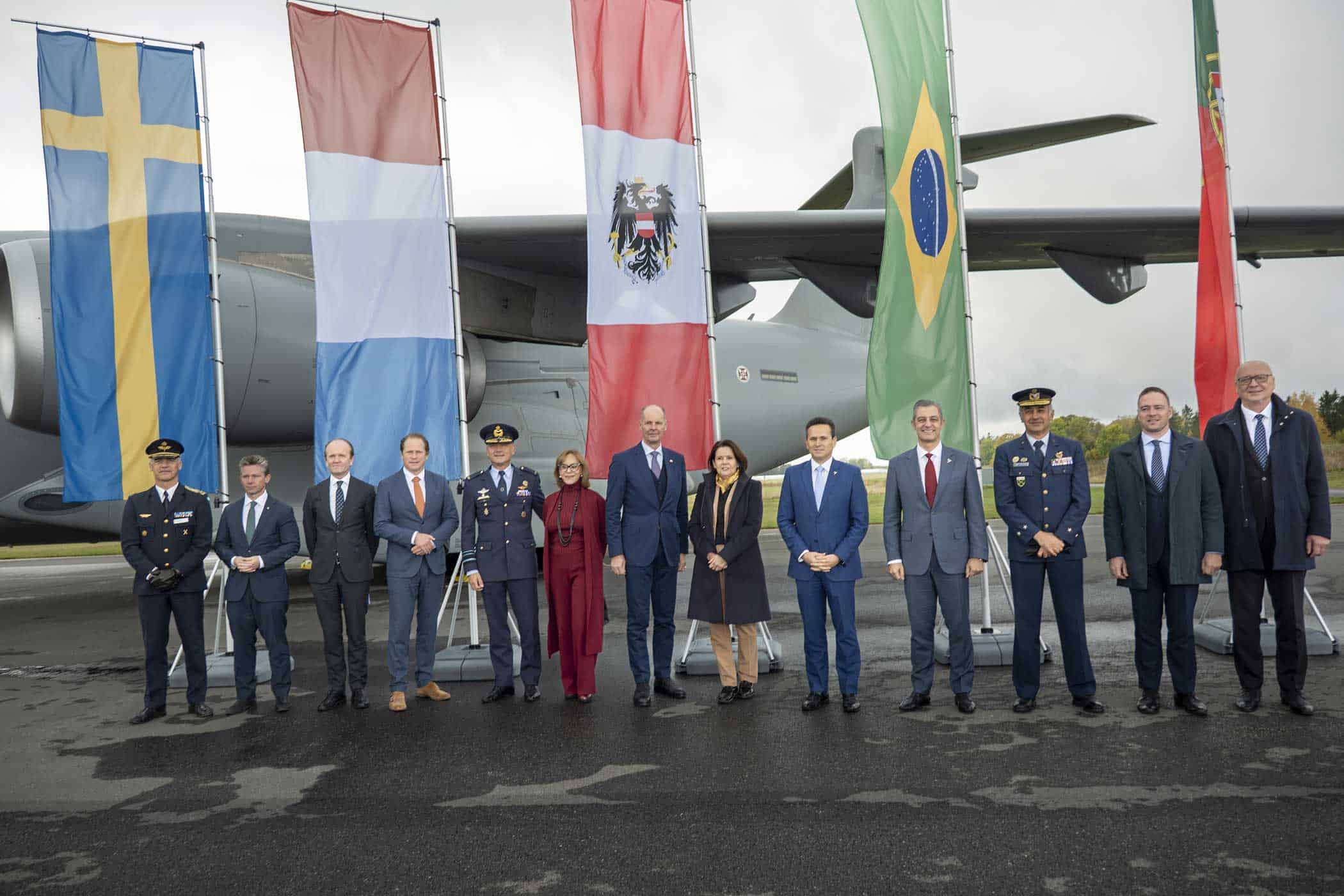 Sweden orders four Embraer C-390 Millennium multi-role aircraft (Sweden orders four Embraer C-390 Millennium multi-role aircraft)
Sweden orders four Embraer C-390 Millennium multi-role aircraft (Sweden orders four Embraer C-390 Millennium multi-role aircraft)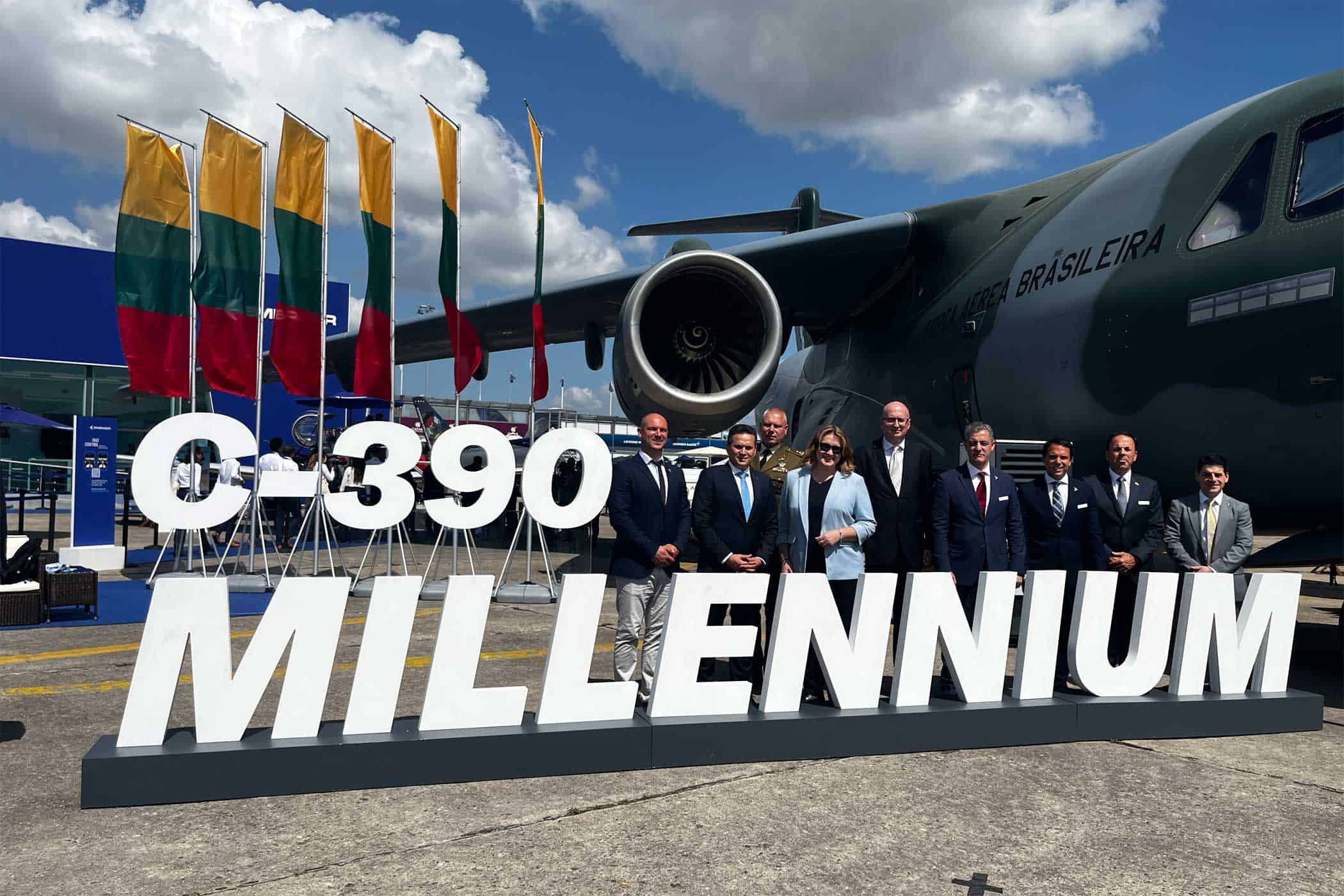 Strategic rearmament: Lithuania relies on Embraer C-390 Millennium (Strategic rearmament: Lithuania relies on Embraer C-390 Millennium)
Strategic rearmament: Lithuania relies on Embraer C-390 Millennium (Strategic rearmament: Lithuania relies on Embraer C-390 Millennium)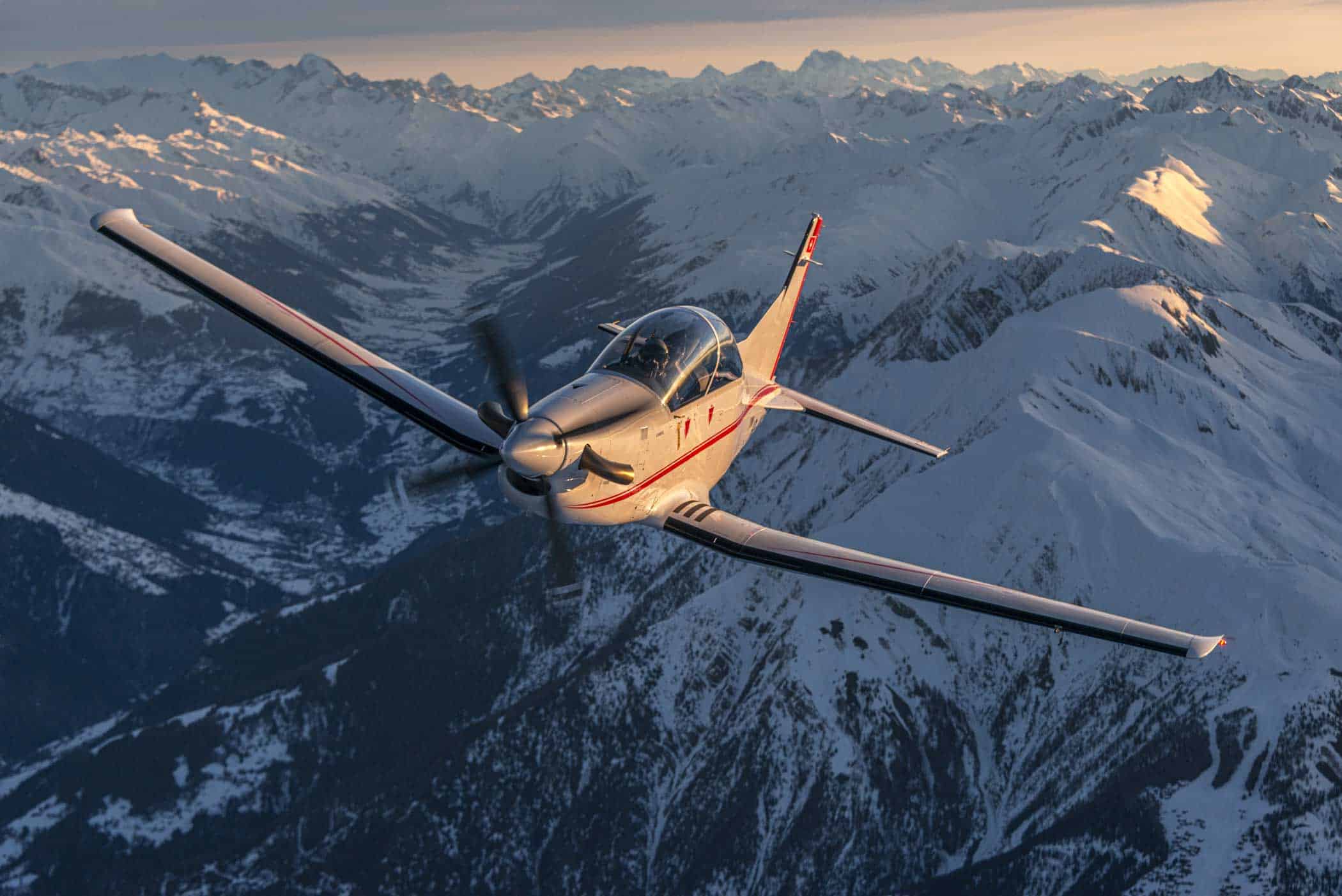 France selects Pilatus PC-7 MKX training system for air force (France selects Pilatus PC-7 MKX training system for air force)
France selects Pilatus PC-7 MKX training system for air force (France selects Pilatus PC-7 MKX training system for air force)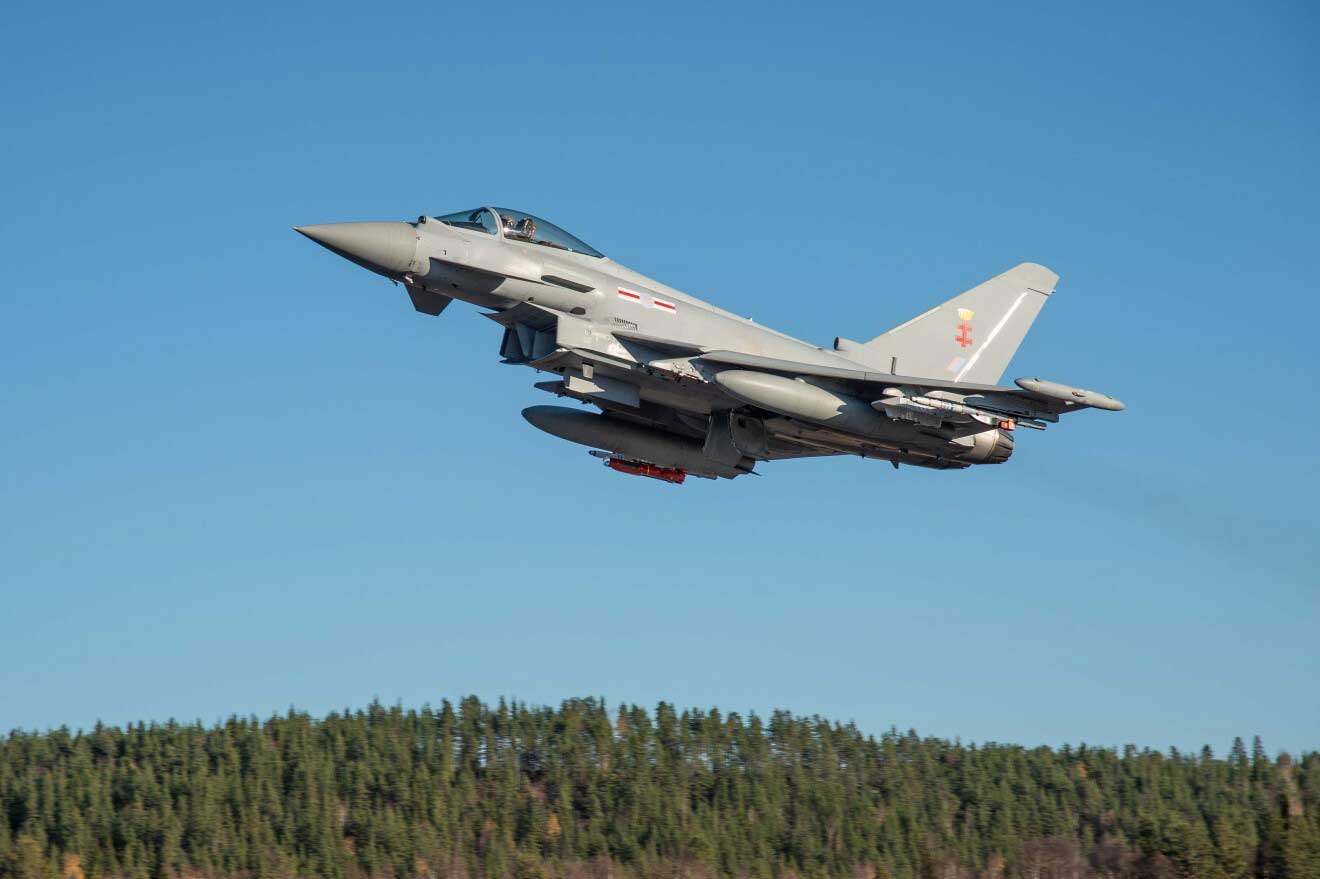 Eurofighter Typhoon tests new SPEAR missile (Eurofighter Typhoon tests new SPEAR missile)
Eurofighter Typhoon tests new SPEAR missile (Eurofighter Typhoon tests new SPEAR missile)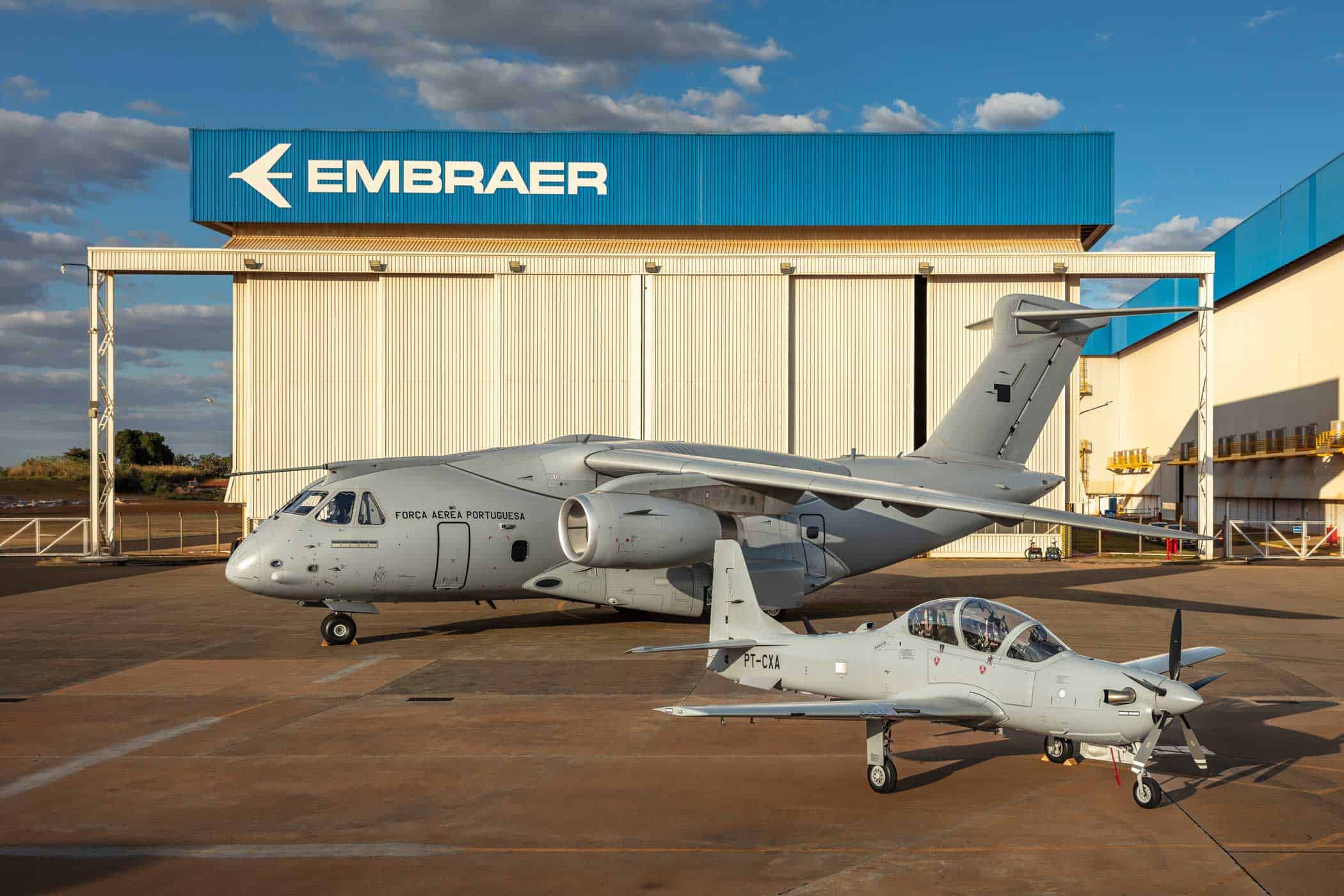 Embraer delivers third KC-390 to Portuguese Air Force and launches A-29N flight test campaign (Embraer delivers third KC-390 to Portuguese Air Force and launches A-29N flight test campaign)
Embraer delivers third KC-390 to Portuguese Air Force and launches A-29N flight test campaign (Embraer delivers third KC-390 to Portuguese Air Force and launches A-29N flight test campaign)